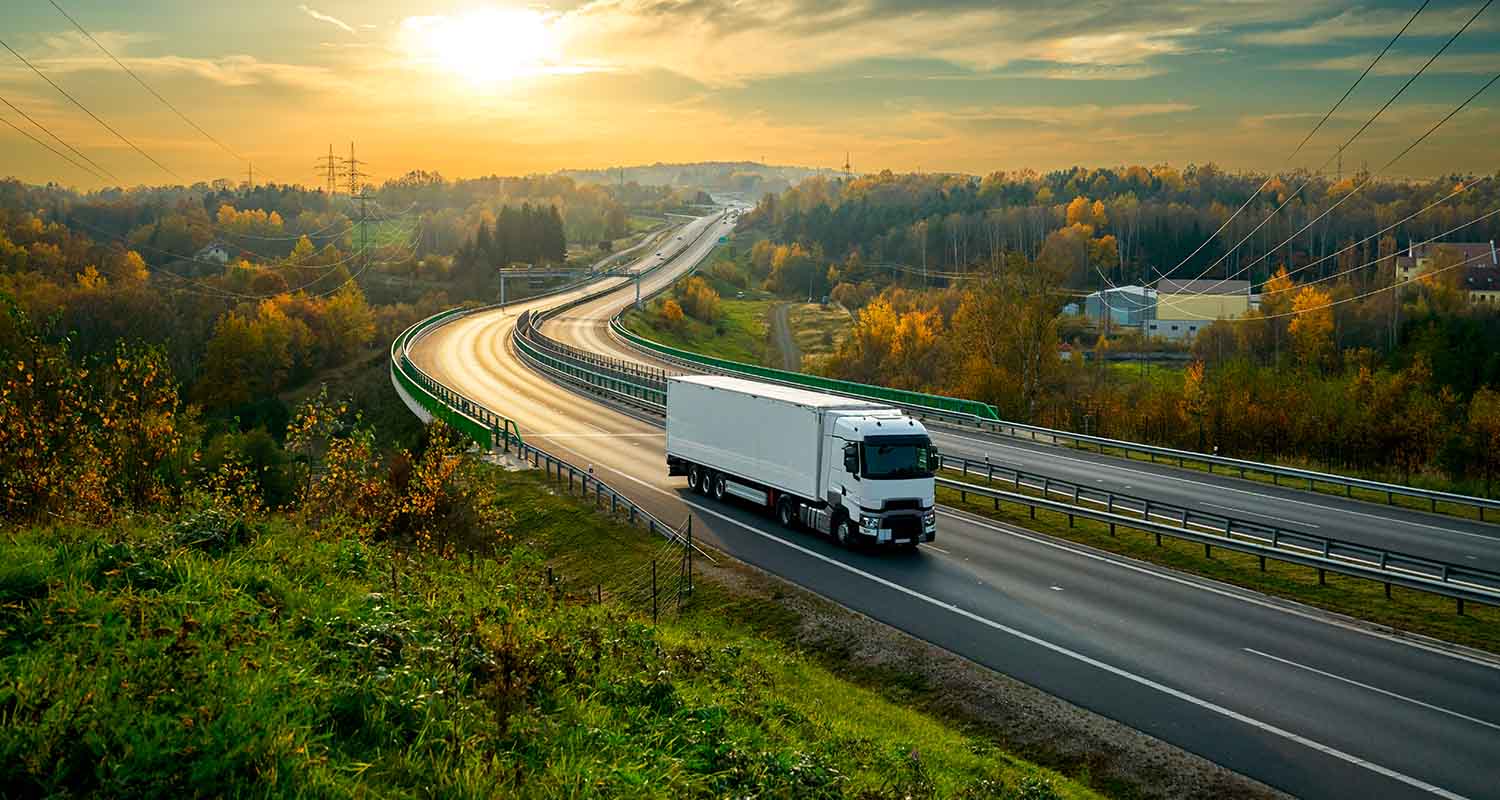
Reduction of emissions in heavy-duty transport
More efficient engines, digitalization, renewable fuels, driving courses, etc.
All about electrification
Electrification driving new energy sources
Electrification is an important component in the energy transition. It facilitates the integration of diverse energy sources, including renewables such as solar, wind, hydro, and geothermal, to generate electricity in homes, transport, and industries.
In this context, collaboration between companies from the public and private sectors is essential to make progress towards a more balanced energy future.


What is electrification?
Electrification, according to Merriam-Webster, is "an act or process of electrifying". This process involves increasing the use of electricity in different sectors of the economy, using both renewable and conventional energy sources. Its aim is to improve energy efficiency and reduce greenhouse gas emissions, especially carbon dioxide (CO₂).
Electrification must be considered as one of various strategies to achieve a balance that supports climate neutrality, in combination with other technologies and energy sources.
Basic electrification and high electrification
Basic electrification refers to the supply of electricity necessary to meet the fundamental needs of a household, such as lighting and basic refrigeration. While high electrification involves an electrical supply capable of meeting higher demands, including advanced household appliances, complex heating and refrigeration systems, and electric vehicle charging.

Advantages of electrification
Electrification, when combined with renewable energy sources, offers various advantages, including the following:
.jpg.transform/rp-rendition-lg/image.jpeg)
Examples of electrification
Electrification is making progress in various key areas, contributing to a greater efficiency in the use of resources and reducing the environmental impact in different sectors. Some examples are:
Transport
Homes
Industry
Public services
Repsol and electrification
.jpg)
As an energy company committed to a sustainable future, at Repsol we support the integration of electrification technologies together with diverse energy solutions.
Our goal is to become a Net Zero Emissions company by 2050 and electrification is a key part of this strategy. Through electrification, we seek to improve energy efficiency and reduce CO2 emissions.
An example of our commitment to electrification in the mobility environment is our participation in electric mobility, with services adapted to customers who prefer to use electric vehicles in their journeys. Or initiatives such as Wible, our carsharing service, which uses plug-in hybrid cars.